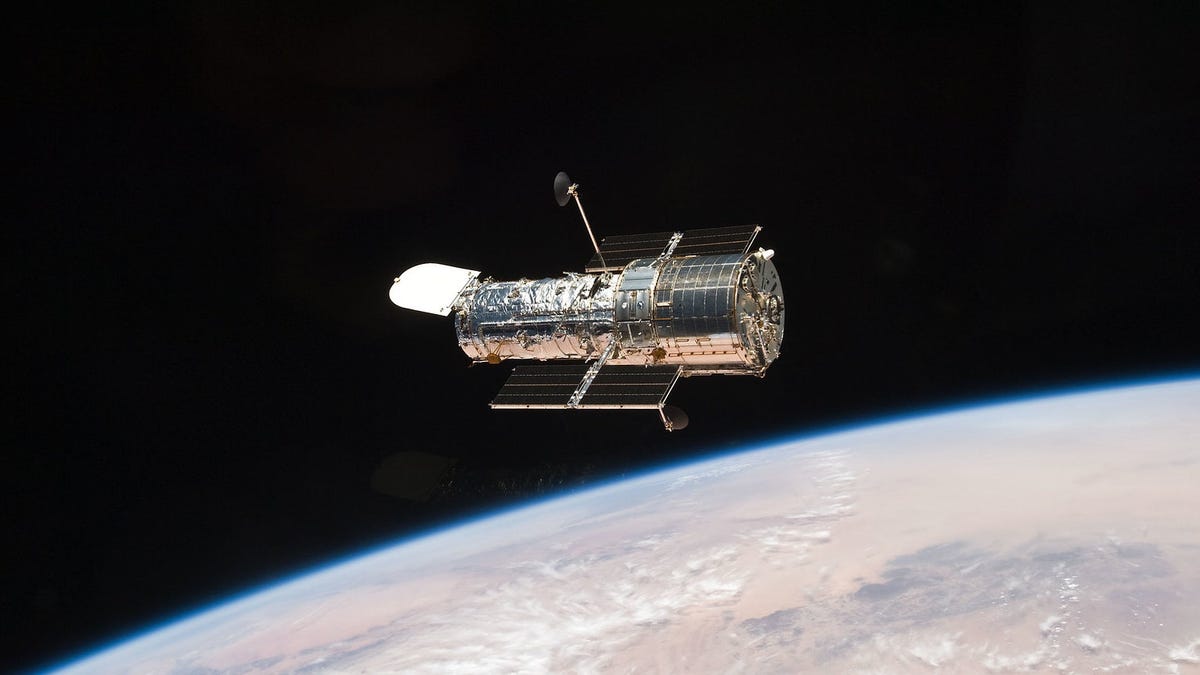Hubble Space Telescope just passed a stunning milestone
Webb might be the shiny new thing, but Hubble is more than holding its own.
As scientists and space fans breathlessly wait out the long deployment process for the next-gen James Webb Space Telescope, it's a good time to contemplate the achievements of the long-lived Hubble Space Telescope. Hubble just passed a wild milestone in its lifespan.
"Hubble was deployed from the Space Shuttle Discovery's cargo bay on April 25, 1990, making it one-billion seconds (over 31 years) since Hubble began operating," NASA said in a statement on Wednesday. NASA jointly operates Hubble with the European Space Agency.
The telescope, which has sent back some of the most memorable views of the universe we've ever seen, passed the billion-seconds mark on Jan. 1. NASA shared another astounding number connected to Hubble's longevity: It's made more than 1.5 million scientific observations.
Hubble's had an action-packed adventure in space. It was the subject of five astronaut servicing missions and has been battling technical glitches in recent years. The telescope team has managed to rescue the observatory time and time again to keep it operational.
Webb isn't meant to replace Hubble, but rather to expand on and complement its work at the same time the older telescope stays in operation. Hubble is unlikely to log another billion seconds, but NASA hopes its remaining time will be counted in years.
For an observatory with an anticipated 15-year lifespan, Hubble has proven to be not just a survivor, but a space superstar that continues to expand our understanding of the cosmos.


